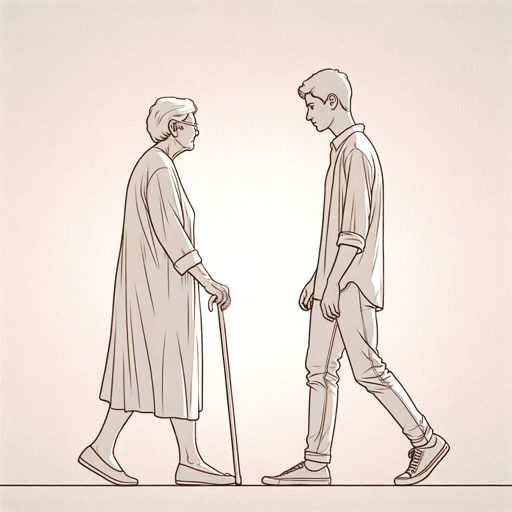47 pages • 1 hour read
Anderson Cooper, Gloria VanderbiltThe Rainbow Comes and Goes: A Mother and Son on Life, Love, and Loss
Nonfiction | Autobiography / Memoir | Adult | Published in 2016A modern alternative to SparkNotes and CliffsNotes, SuperSummary offers high-quality Study Guides with detailed chapter summaries and analysis of major themes, characters, and more.
Background
Historical Context: The Vanderbilt Family
The Vanderbilt family’s role in American history began with Jan Aertson’s settlement in New Amsterdam as an indentured servant in 1650. Over a century later, his great-great-great-grandson Cornelius Vanderbilt, the son of ferryman Cornelius Van Derbilt, began his own ferry business at 16. After engaging in trade, he temporarily took control of Thomas Gibbons’s steamboat and became his manager. He eventually went into the steamship business and, following the Gold Rush, became interested in buying real estate and railroad lines, eventually creating the New York Central Railroad. As a result, he created one of the largest railroad empires in America and started one of the wealthiest and most powerful families in the country. Cooper explains that Cornelius managed to do this because he was “a cunning businessman” and “was frugal and restless” (19). When Cornelius Vanderbilt died in 1877, he left his descendants with millions of dollars.
The Vanderbilt family has remained wealthy, powerful, and influential. Some of Cornelius Vanderbilt’s descendants have made their own achievements in various fields. For example, his great-great-great-granddaughter Gertrude Vanderbilt Whitney made a living as a sculptor and art curator and founded the Whitney Museum. His great-great-great-great-granddaughter Gloria Vanderbilt became an artist, a clothing designer, and a writer.
Related Titles
By these authors



